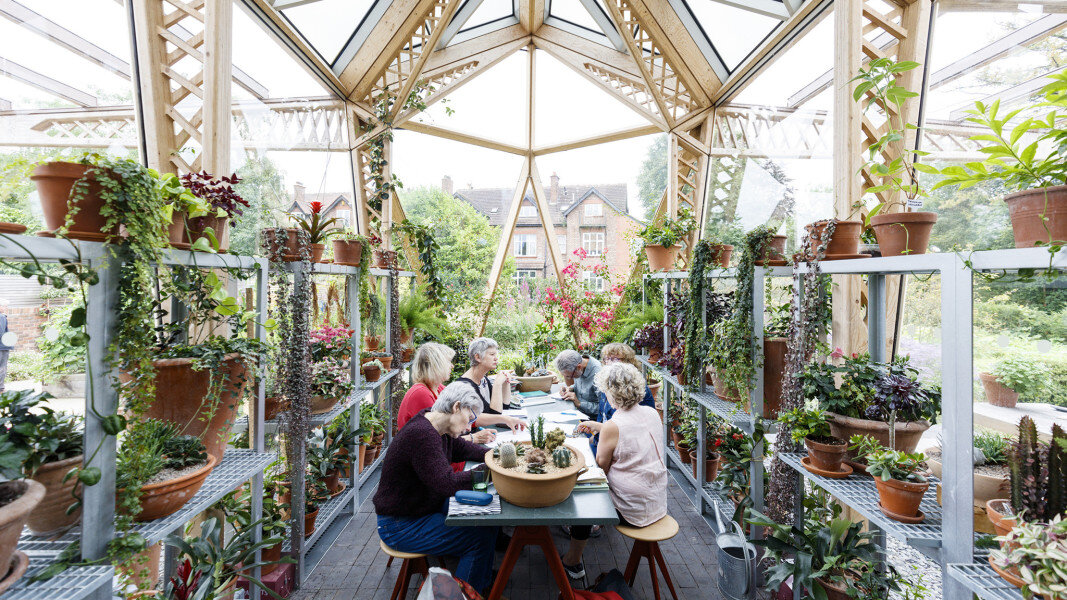Well-being in architecture - 05
What is the role of architecture in shaping society? Clearly it has a fundamental part to play, but the nature of its influence is sufficiently complex and subtle as to remain unclear. I have never had much truck with the idea that architecture is frozen music; it makes about as much sense to me as calling music defrosted architecture.However, one thing that architecture undeniably shares with music is its capacity to shape, not just physical space, but the intangibles of life. The way in which buildings can make us feel (much as music can) optimistic or fearful, lusty or spiritual, happy or sad, is something that deserves far more attention. All of which makes the recent publication of a report by the uncatchily titled Commission on the Measurement of Economic Performance & Social Progress of enormous interest to architects.
The report, instigated by French president Nicolas Sarkozy and authored by no fewer than five Nobel Prize-winning economists, is a ground-breaking critique of the way in which we measure social success. The report argues that the growth of information technology, and our increasing reliance on statistics to measure such success, have not been matched by a parallel evolution in the standards by which we measure. Special criticism is given to the widespread use of GDP as a measure of social performance. Indeed, the authors’ key message, hammered out in italics, is that “the time is ripe for our measurement system to shift emphasis from measuring economic production to measuring people’s well- being”. Significantly, the authors add that such measures of well-being “should be put in a context of sustainability”. Of particular interest to architects is the list of things the authors regard as salient in determining such well-being: “material living standards, health, education, personal activities including work, political voice and governance, social connections and relationships, environment (present and future conditions) and insecurity, of an economic as well as a physical nature”.
Given that architecture has a direct role to play in at least half of these categories, and an indirect (or intangible) role in most of the rest, the report’s arguments lend the question of what might constitute “sustainable architecture” a new – and richer – significance. If one accepts that the standards by which we currently measure social progress are outdated, simplistic and inadequate then it follows that the standards by which we currently measure architectural success are probably similarly blighted. And if that is the case, a chasm of possibility opens up, inviting us to reconsider not only the way in which we assess architectural design, but the very framework within which we consider architecture to operate.
The failures of heroic-utopian architecture are too fresh in the memory to warrant re-examination. However, their alternatives remain obscure. That is where the commission may offer a way forward. Never mind the form and function, just listen to the music.
Extract from Building design by Carolyn Steel

